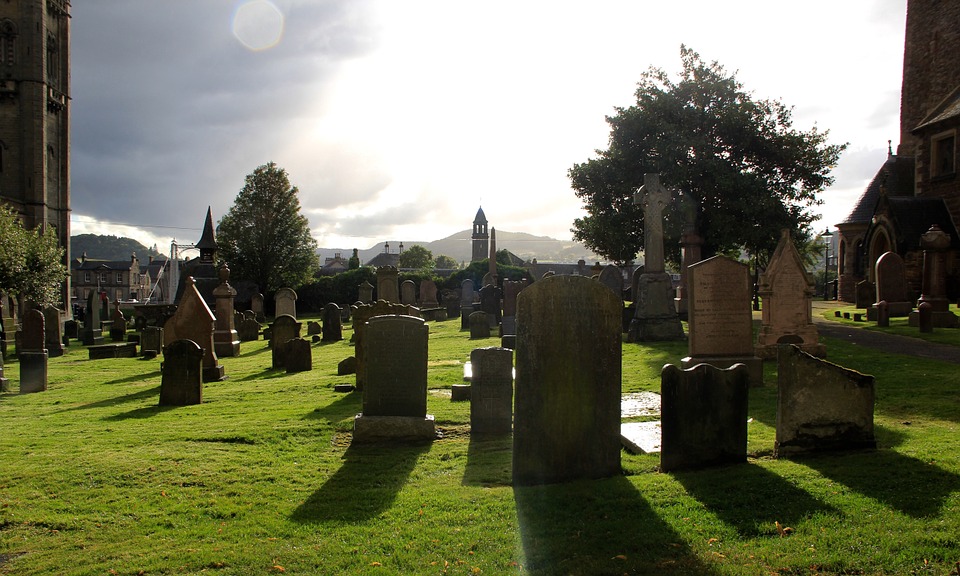
By Salome Fogleman
Most people do not like talking about death, or their dead body, but everyone will eventually die, which makes it important to talk about what will happen to you. After your death, there are several options for you as to what you could do with your dead body. Many people in the U.S. choose to have their body prepared for viewing then buried.
Embalming
There is a long process to prepare the body for viewing. According to FuneralWise, the body is first bathed and disinfected. The blood is sucked out, then the body is pumped back up with formaldehyde. According to the National Cancer Institute, “Formaldehyde is a colorless, flammable, strong-smelling chemical that is used in building materials and to produce many household products.” The corners of the mouth are sewn upward to make it look like the person is slightly smiling. Heavy makeup is used to make the body look less cold and empty. The hair is styled, and the fingernails are clipped and painted. Then, the body is dressed and lifted into a casket.
Getting compressed into a diamond
A lesser known way to dispose of a body is for the person’s ashes to be compressed and turned into a diamond. Then you can wear your dead relatives as jewelry. According to Cremation Solution, “Continue to heat until the carbon has turned to graphite…Bring the temperature to about 2,500 degrees Fahrenheit and the pressure to about 800,000 pounds per square inch.” The ashes are heated until they turn to graphite; this takes several weeks. Then, the graphite is put under tremendous pressure for another several weeks where it gets turned into a rough crystal. This crystal is then cut into the customer’s desired shape.
Cremation
Cremation is when a body is burned. Cremation Resources stated that “Cremation of a dead body is carried out at a temperature ranging between 1400 to 1800 degrees Fahrenheit.” The body is put into a special chamber, then is burned until it turns to ash. According to Cremation Resources, “the corpse is reduced to skeletal remains and bone fragments.” This mixture can also contain any metal dental fillings, surgical rods or screws, or any other bits of metal that were in the body. The rest of the ashes usually weigh between 3 and 7 pounds. These ashes are then transferred to an urn, or a plastic box if the family does not have an urn.
Donating your body to science
When you donate yourself, you allow professionals to “research new life-saving medical and surgical procedures and techniques,” according to Science Care. Your body could end up in several places. According to Big Think, “A university is often chosen, but private enterprises exist as well.” Dead bodies can be used for surgeons to practice on, for forensic scientists to study body decomposition, or for medical students to study and operate on.
You could also apply to have your organs donated. According to Tonic, “After determining which, if any, body parts can be donated, organs are ‘recovered,’ or removed from the body.” These organs are then stored in a preserving solution. They are then transported to a recipient center then transplanted.
Knowing what some of your options are is important so that you do not have to let your relatives guess what you would want to happen with your body after you are dead.